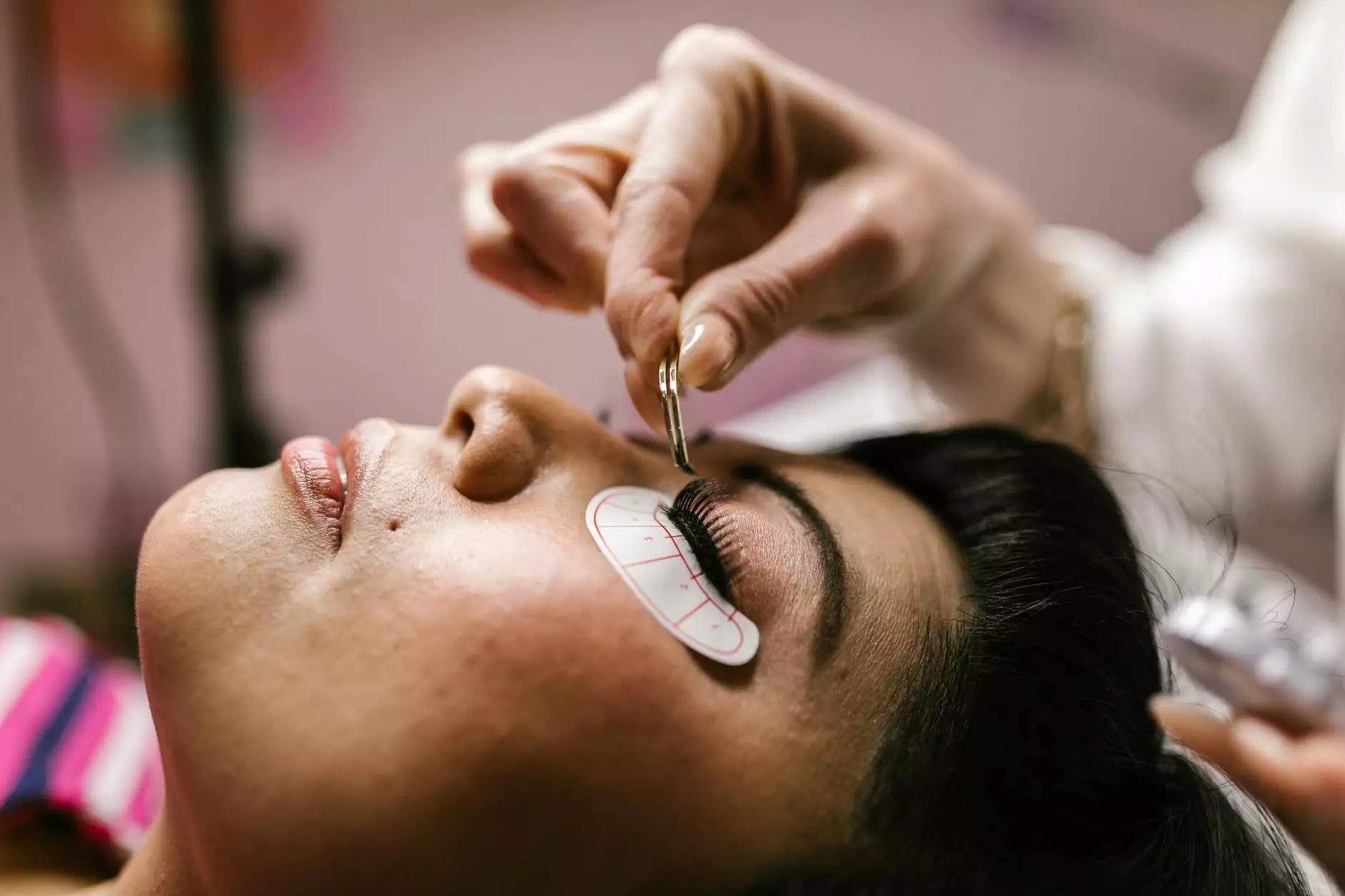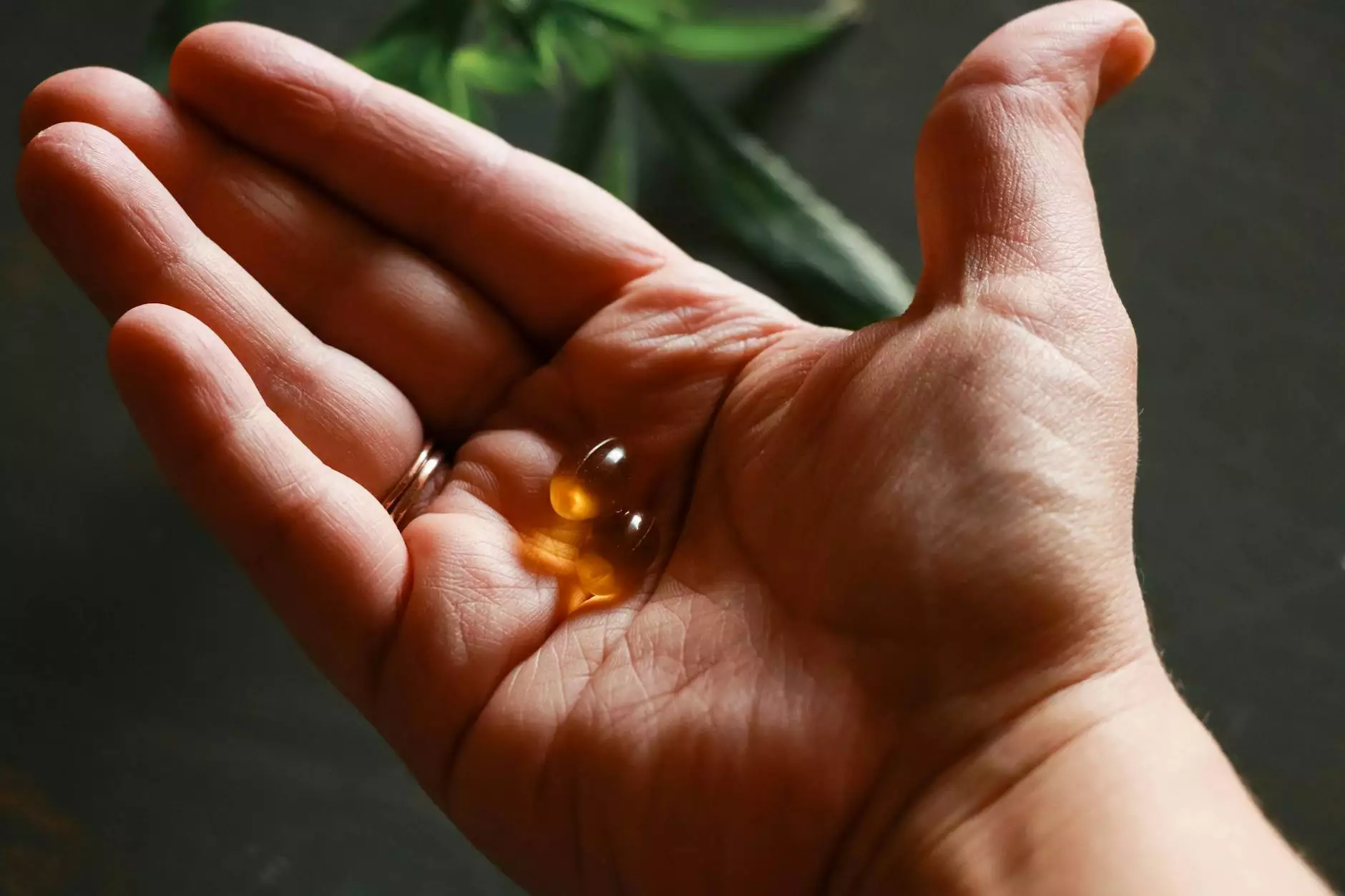Understanding Shoulder Internal Rotation Degrees and Its Importance in Health & Fitness

The concept of shoulder internal rotation degrees is critical in the fields of health and physical therapy. As we delve into this topic, we will uncover the various aspects of shoulder mobility, its measurements, and the implications for recovery and rehabilitation.
The Anatomy of Shoulder Internal Rotation
The shoulder joint is one of the most versatile joints in the human body, boasting a range of motion that facilitates many daily activities. Shoulder internal rotation occurs when the humerus rotates inward towards the body. This motion is crucial for actions such as throwing, reaching, and pushing.
Key Muscles Involved in Shoulder Internal Rotation
Several muscles contribute to shoulder internal rotation. Understanding their roles helps in physical therapy and rehab settings. The primary muscles include:
- Subscapularis: This muscle is one of the rotator cuff muscles and plays a significant role in internal rotation.
- Teres Major: Assists in the internal rotation and adduction of the arm.
- Pectoralis Major: This large muscle contributes to shoulder movements, including internal rotation.
- Latissimus Dorsi: Engaged during internal rotation, particularly when the arm is elevated.
Measuring Shoulder Internal Rotation Degrees
Understanding how to measure shoulder internal rotation degrees is vital for practitioners in chiropractic and physical therapy. The typical range of motion (ROM) for shoulder internal rotation varies among individuals but generally falls between 0° to 70° when measured at 90° of abduction.
Tools for Measurement
Several tools can be used to measure shoulder internal rotation, including:
- Goniometer: A common tool used in physical therapy to measure joint angles accurately.
- Inclinometer: This device can measure the angle of rotation during shoulder assessments.
The Importance of Shoulder Internal Rotation Degrees in Recovery
Adequate internal rotation is essential for athletes and anyone involved in physical activities. Limitations in this range can lead to pain, compensatory movements, and increased risk of injury. Recognizing how to maintain and improve shoulder mobility is crucial for recovery.
Common Impairments Related to Shoulder Internal Rotation
Several conditions can affect shoulder internal rotation, including:
- Rotator Cuff Injury: Pain and a decrease in motion can occur with rotator cuff injuries.
- Shoulder Impingement Syndrome: This can lead to decreased mobility, including restricted internal rotation.
- Frozen Shoulder (Adhesive Capsulitis): This condition can severely limit shoulder motion.
Strategies to Improve Shoulder Internal Rotation
Enhancing shoulder internal rotation involves various exercises and techniques that focus on flexibility, strength, and stability. Here are some effective strategies:
Stretching Exercises
Incorporating stretching into your routine can significantly improve shoulder mobility:
- Cross-Body Shoulder Stretch: Gently pulling the arm across the chest can enhance flexibility.
- Doorway Stretch: Standing in a doorway and leaning forward can stretch the chest and front shoulder muscles.
Strengthening Exercises
Strengthening the muscles surrounding the shoulder can also help improve internal rotation:
- Internal Rotation with Resistance Bands: Perform this exercise using a resistance band to strengthen the rotator cuff.
- Push-Ups: Variations of push-ups can help build shoulder stability and strength.
Physical Therapy Techniques
Working with a physical therapist can lead to tailored programs addressing specific deficits in shoulder internal rotation degrees. Techniques may include:
- Manual Therapy: Techniques to mobilize joints and soft tissue.
- Modalities: Use of heat, ice, or ultrasound to facilitate healing.
The Role of Chiropractors in Shoulder Mobility
Chiropractors are integral in assessing and improving shoulder function. Utilizing manual adjustments and other techniques, they can alleviate stiffness and promote better shoulder internal rotation degrees.
Chiropractic Techniques for Shoulder Health
Chiropractic care may include:
- Adjustments: To realign the shoulder joint and improve function.
- Soft Tissue Therapy: Techniques to relax tight muscles and enhance mobility.
Conclusion
Understanding shoulder internal rotation degrees is paramount for both healthcare professionals and individuals engaged in various physical activities. By focusing on anatomy, assessment, and preventative measures, better outcomes can be achieved in rehabilitation, chiropractic care, and overall health. Whether you are a physical therapist, chiropractor, or fitness enthusiast, prioritizing shoulder mobility ensures a healthier, more active lifestyle.
Key Takeaways
To summarize, here are the key points regarding shoulder internal rotation degrees:
- Internal rotation is essential for shoulder function and daily activities.
- Regular assessment of shoulder ROM should be practiced for early detection of issues.
- Incorporating strengthening and stretching exercises into your routine can significantly enhance shoulder mobility.
- Consulting with health professionals like chiropractors and physical therapists can provide tailored solutions for shoulder health.
By prioritizing the understanding and improvement of shoulder internal rotation degrees, we set the foundation for optimal movement patterns and overall well-being. Embrace these strategies and make informed decisions about your shoulder health today!









